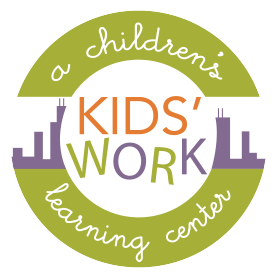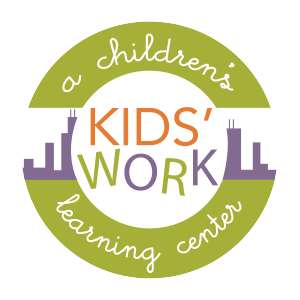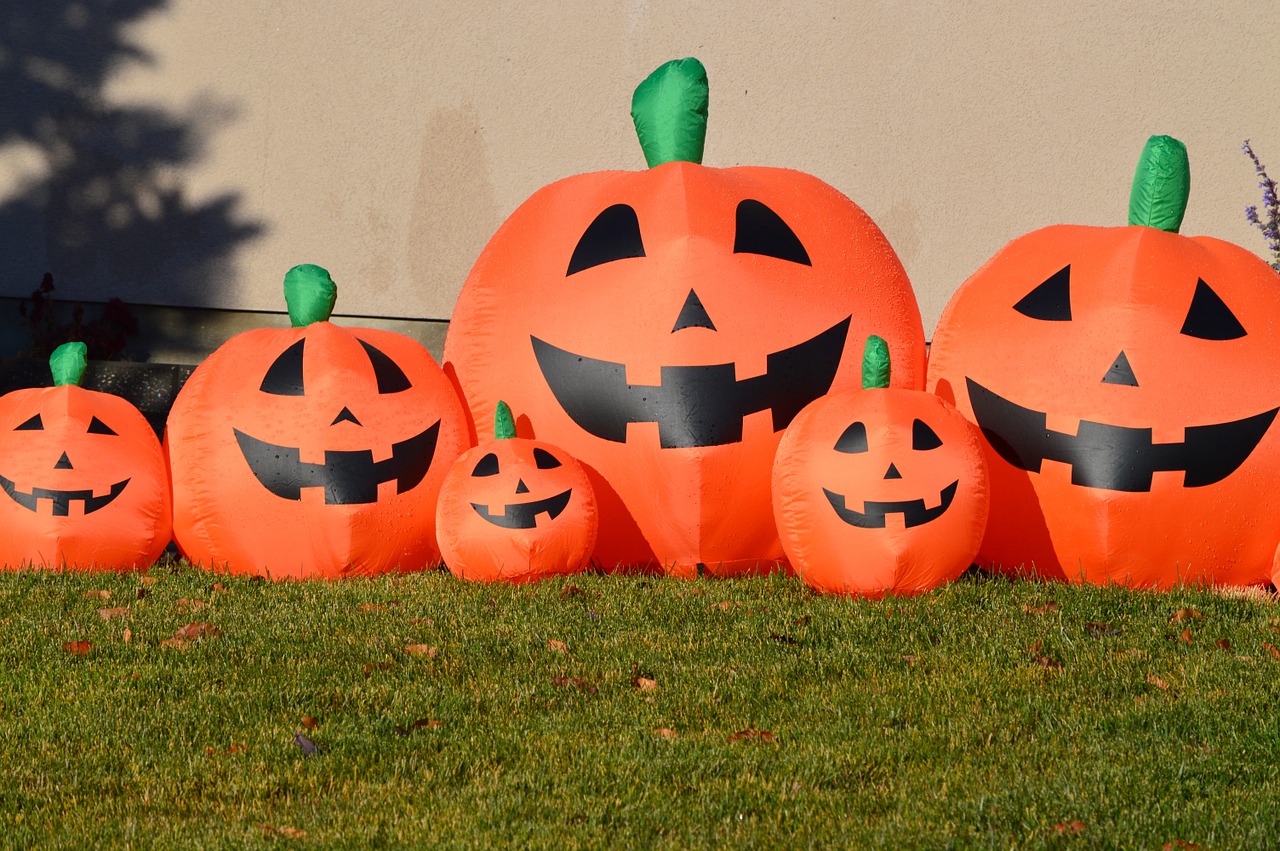Trick or Treat! It’s almost Halloween, the big day for trick-or-treating and for all the cutest little costumed ones to go out for the traditional neighborhood door-to-door parade!
We covered previously how being mindful of allergies is a big way your family can help watch out for the children that others may not think about and How to Help Make Halloween Something Everyone Can Enjoy. There are other small things you can do that can go a long way in watching out for and being thoughtful of other children and their families as well.
1. Consider challenges with Sensory Input
One thing to consider is the amount of various sensory inputs that kids will encounter during Halloween. Things like lights, spooky, loud, or jarring music or sound effects, smoke machines, etc., can make going out on Halloween quite an experience! That’s certainly part of the fun of course, but it’s also important to give some consideration to our friends and neighbors for whom this could be a real danger or stressor.
For kids (or parents, friends, or family members accompanying them, at that) who have epilepsy, a flashing light may be enough to send them into a seizure, or for a child on the autism spectrum, their brains may be unable to parse the sensory input of noise, lights, unfamiliar textures, etc., and it can quickly become a very overwhelming and distressing experience.
These are some of the ways that some children’s brains can have difficulty with sensory input, which can be a real challenge for both them and their parents around times like Halloween, and can mean they miss out on getting to experience some of the festivities and celebrations, including even some of the most traditional beloved rites of childhood like trick-or-treating.
But you can help to make an environment that is more inviting and welcoming for these families. It can even be a great teaching moment for your little ones at home. Looking out for others in this way teaches children how to be aware of, actively looking out for, and thoughtful of others that many other people may overlook, and how to include them. It teaches them how to be a “helper”, as Mr. Rogers would put it!
It may be too difficult for children with sensory sensitivities to walk through your yard with all of its awesome, realistic noise-making decorations, without overloading them and causing a sensory meltdown – but do you have a side entrance to your house? Perhaps you could decorate your yard elaborately on one side, but offer a quiet side path and be prepared to answer a knock there as well.
No one says you can’t go all out and make your Halloween fun for you and your own kids too, of course; being thoughtful of the people that others may not think about doesn’t have to take away anything. But if you’re the person who is willing to think about some of these sorts of things and take them into consideration in your own family’s planning, it just may be that your house is the one that makes the difference between a child getting to experience trick-or-treating and being part of Halloween or not.
2. See beyond the costume (or lack of)
Costumes are, of course, one of the most favorite and beloved parts of Halloween for kids and parents alike. For any child, putting on a costume that fits differently than regular clothes, or is made of different kinds of material that may be scratchy, tight-fitting, or hard to see out of can be a new or challenging experience in itself – let alone walking around the neighborhood in it! Some children have sensory processing challenges that make things such as texture, constriction, or even the way a fabric or piece of clothing hangs on their body feel much more uncomfortable or unnerving than it would for other children.
But we can demonstrate understanding – we all have our own differences: some people get more sneezy during the spring, some kids have a natural instinct for drawing, and some kids can’t stand to have anything covering their face, or anything on their skin more than a t-shirt or sweatshirt, even for Halloween (and putting on that sweatshirt to leave the house still may have been a challenge!). We all bring something different and unique to the table.
But kids who can’t wear elaborate costumes shouldn’t be left out of the festivities altogether! It may be that a t-shirt with their favorite superhero’s logo on it is really the best they can do. You can be mindful of this possibility, and ooh and ahh over it just as much as the kid wearing a full-blown superhero costume, and teach your own little ones to consider such reasons as to why another child may not be dressed up in a “very good” costume – but that we’re still glad they came out and are standing at our door, participating in the holiday and in life!
3. Be understanding and patient with interaction
Many kids can feel shy about approaching the doors of strangers – especially if not everyone in the neighborhood even knows each others’ names or families! Plus it goes against many of the social rules we teach children – like, specifically, not to talk to or accept candy from strangers! Beyond that, some children simply may be unable to speak, physically or developmentally. Sometimes it’s a big deal that they’re making the attempt at all, and the big goal for them and their family that night may be to make it to just two or three houses to see how it goes – and perhaps you’re one of the lucky three!
So if the little ghost in front of you doesn’t make eye contact or say trick-or-treat, this still might be a really big deal that they’re on your doorstep and managed to approach you or your front door at all. You can smile and make them feel welcome and encouraged as you put their treat in their little pumpkin bucket.
Everyone is different, and some children have different quirks, conditions, and needs to consider. But none of this means that a kid shouldn’t get the chance to go out and be a kid and go out in their neighborhood and be part of the Halloween celebrations. Giving someone that opportunity when they may not otherwise have it is a real treat, for sure!
Additionally, taking the time and making the effort to think about these things, and to actively make sure everyone can be included also sets a marvelous example for your own children to be the thoughtful, forward-thinking, empathetic ones in their communities – not just at Halloween time, but all the time!
Happy Halloween!


